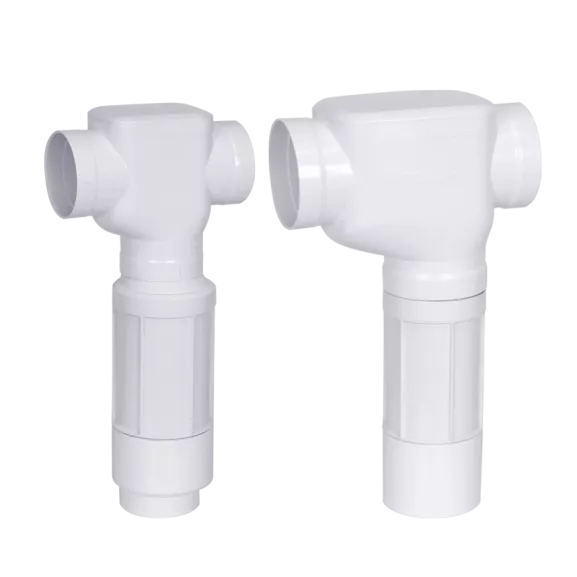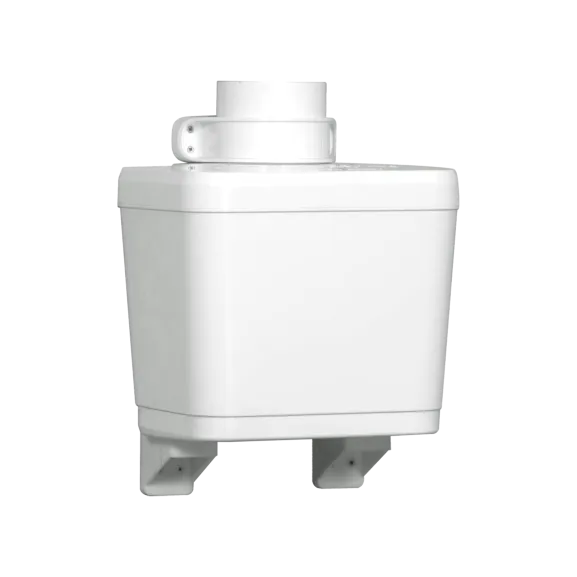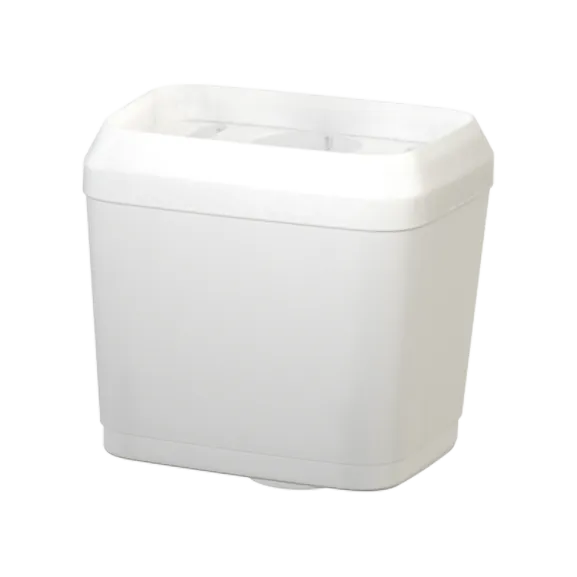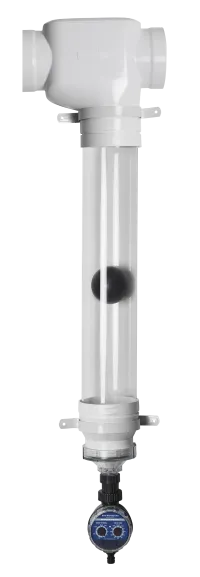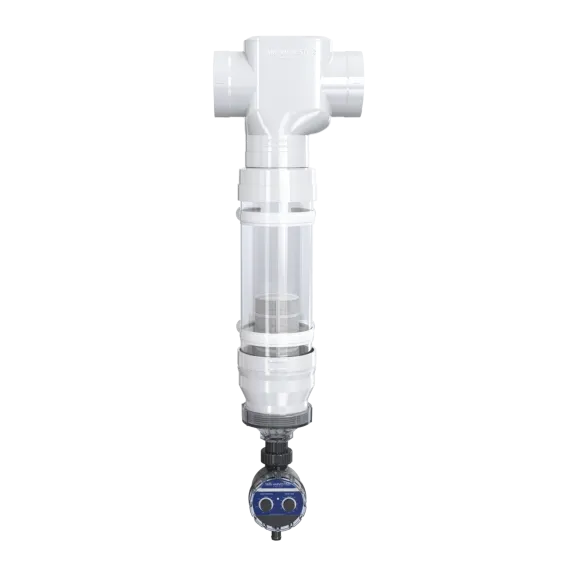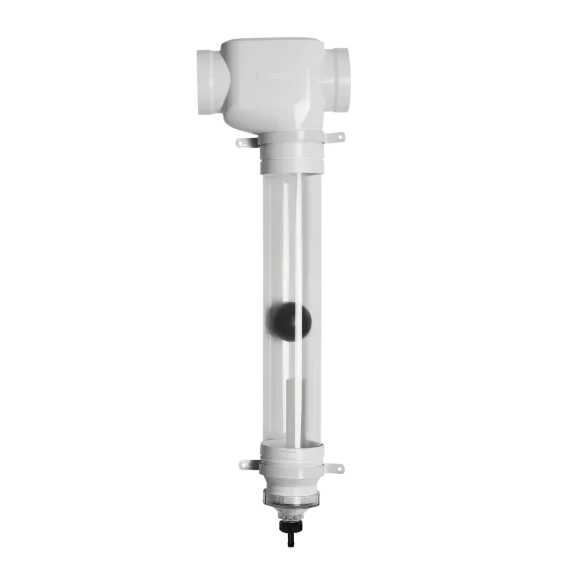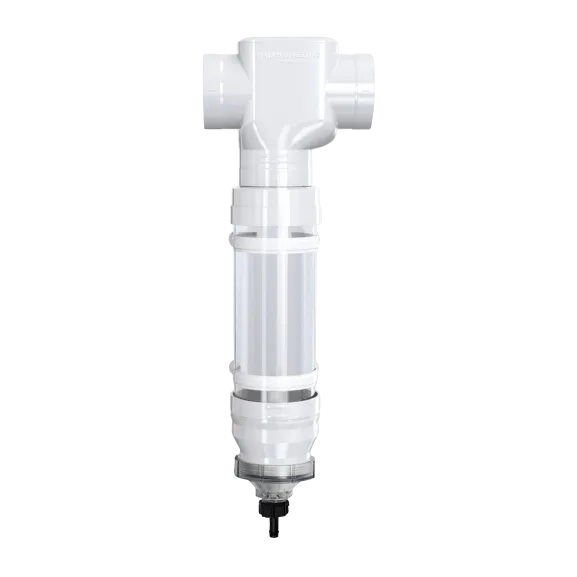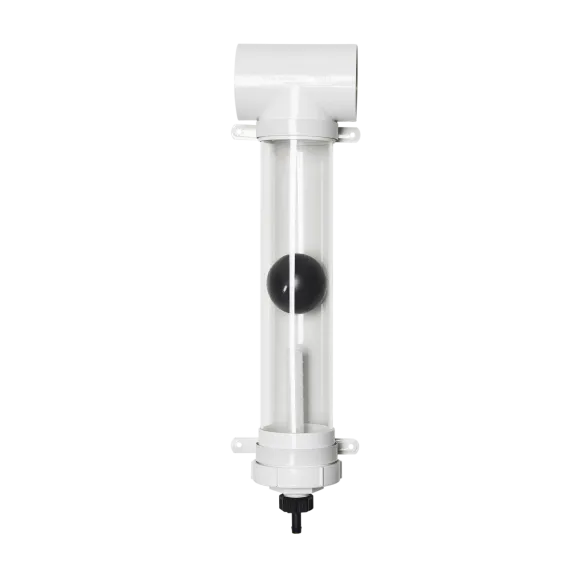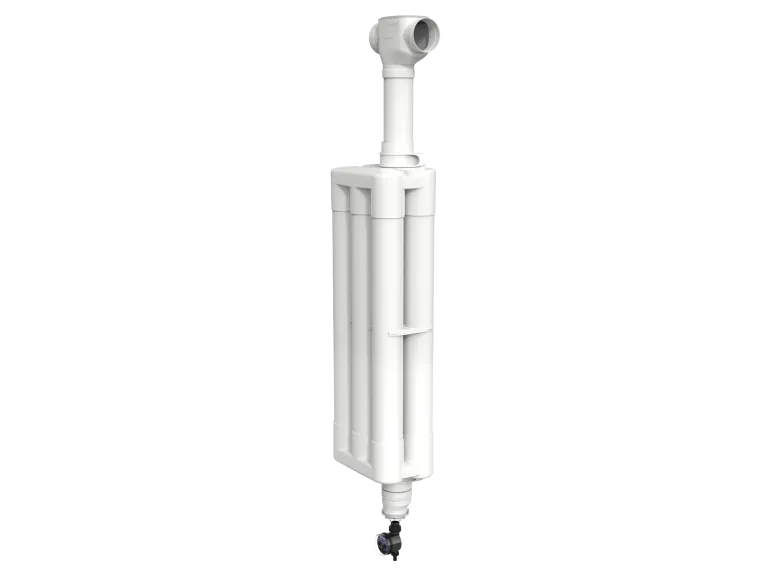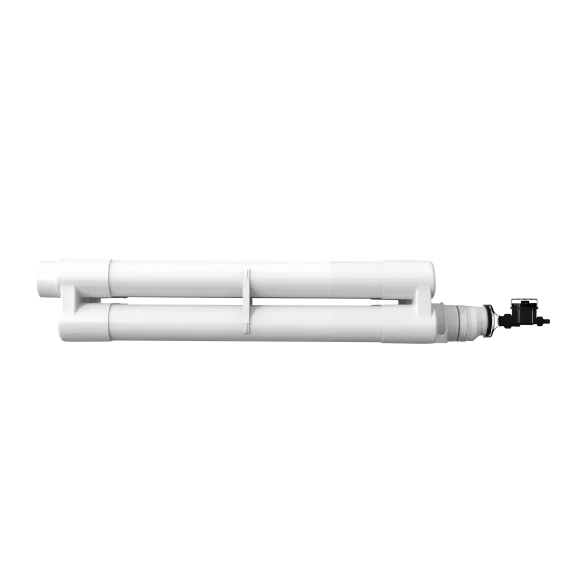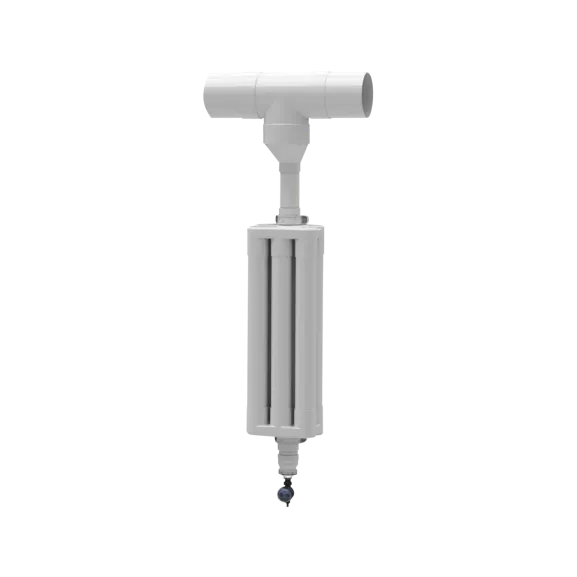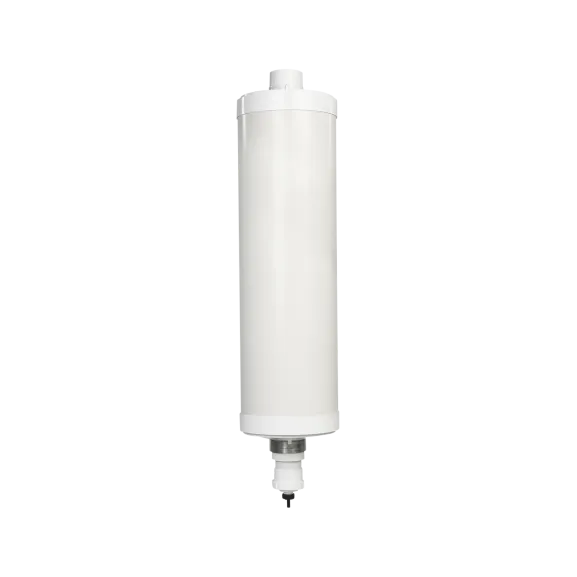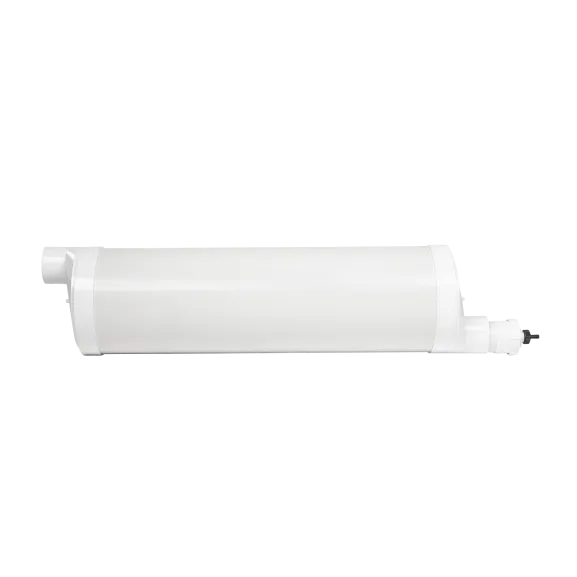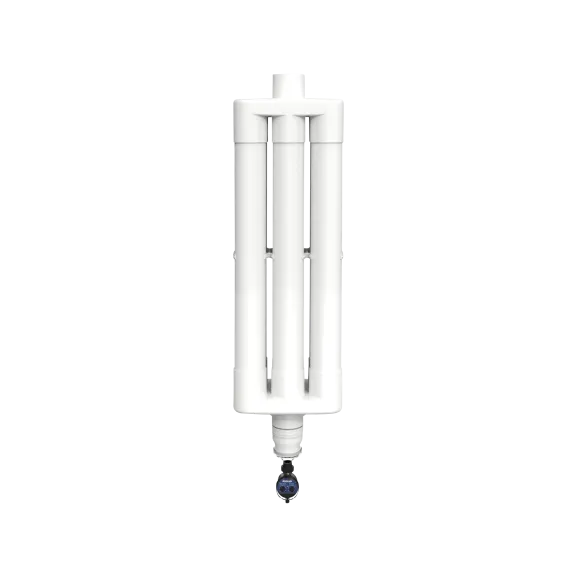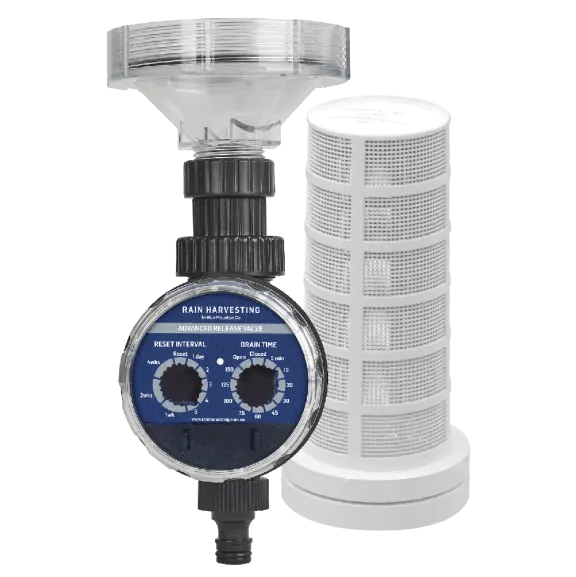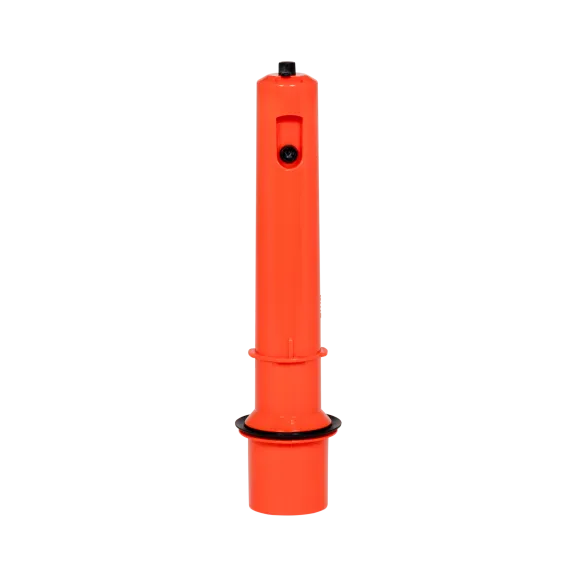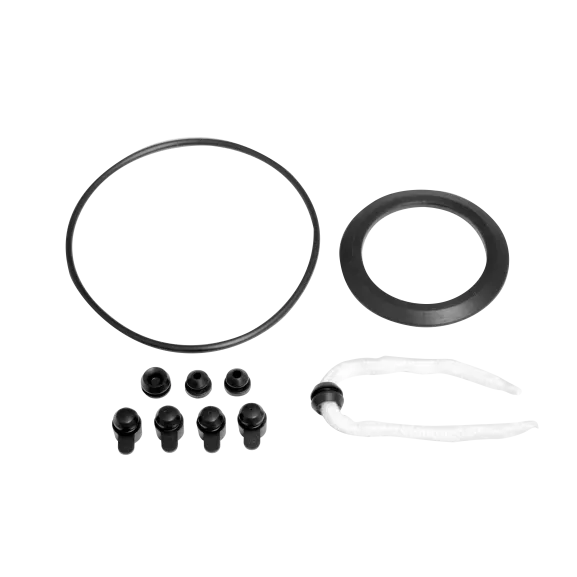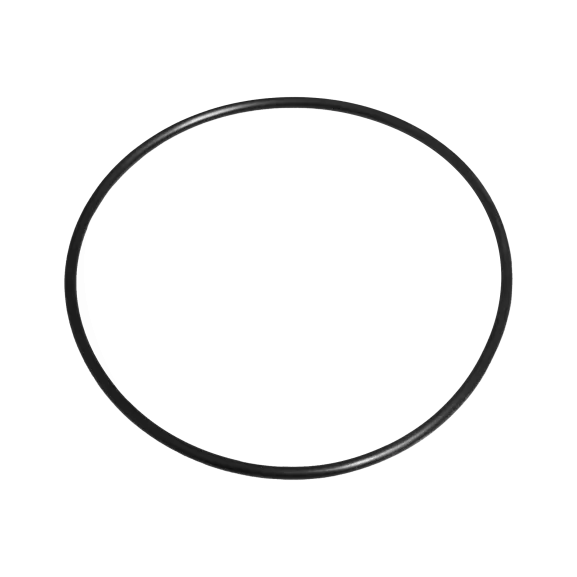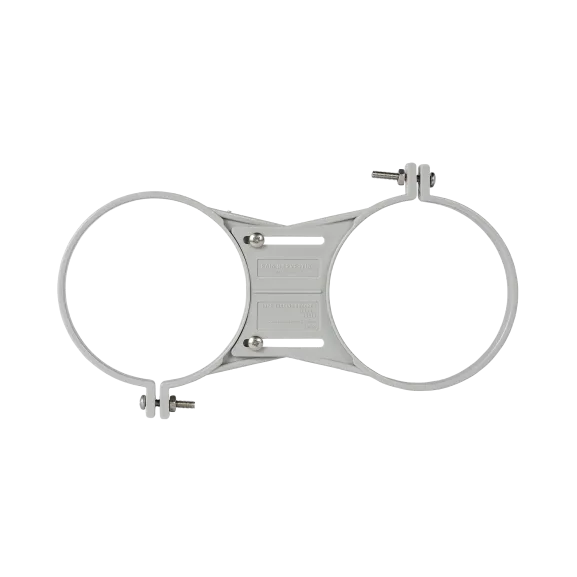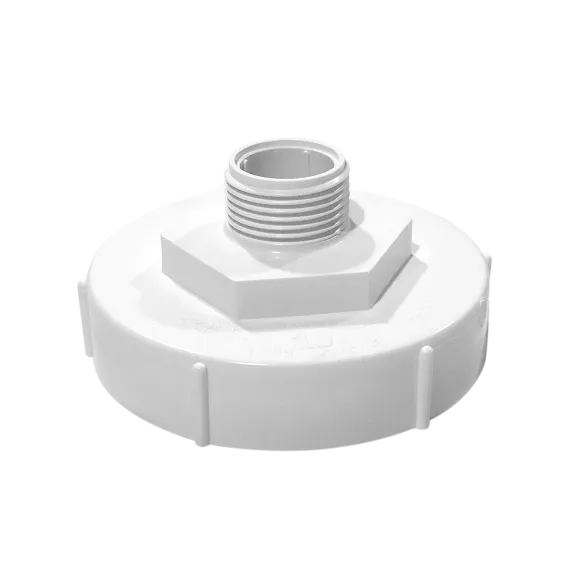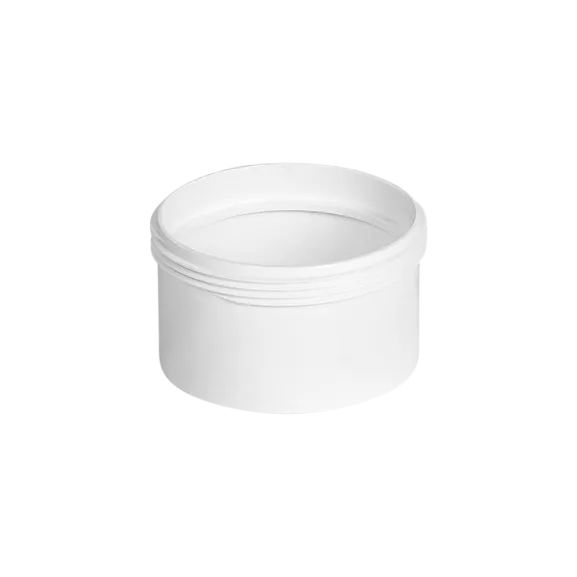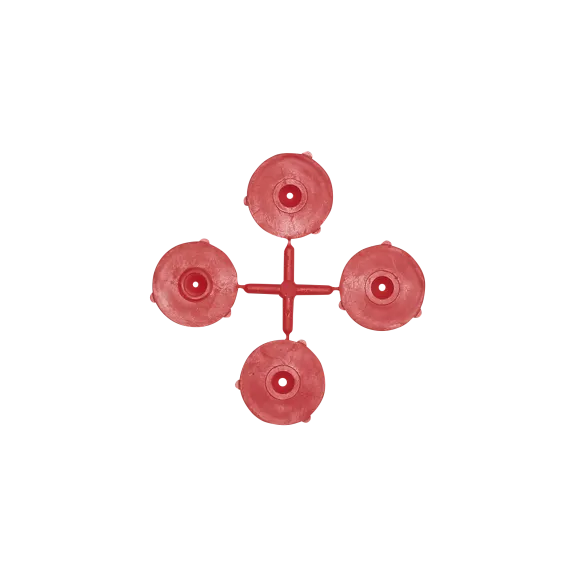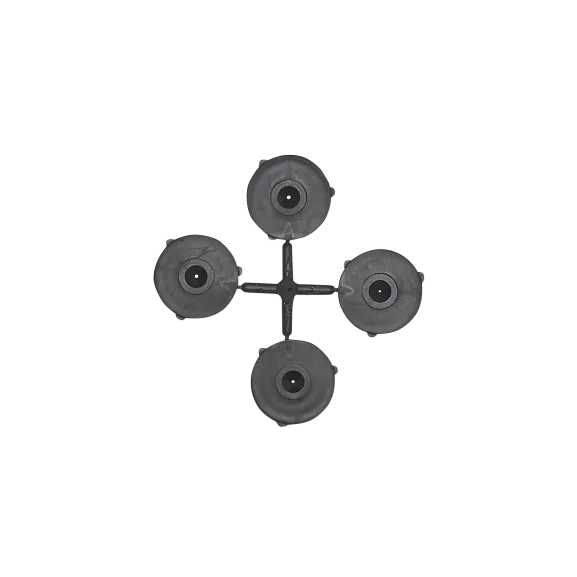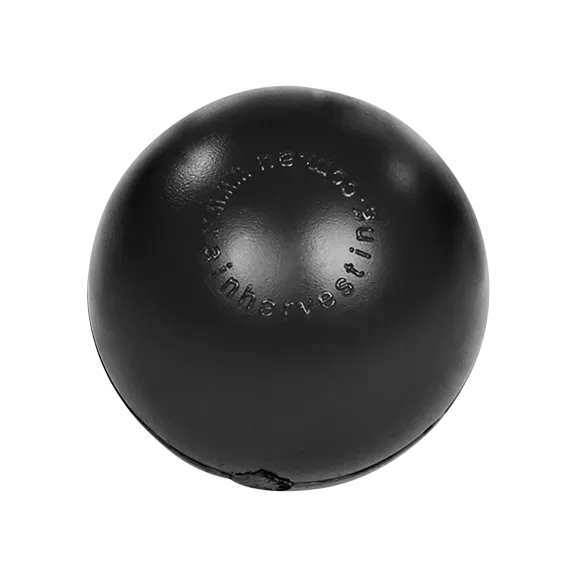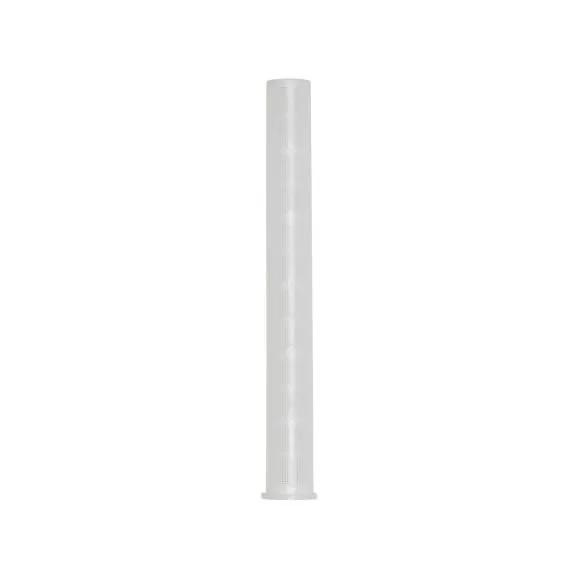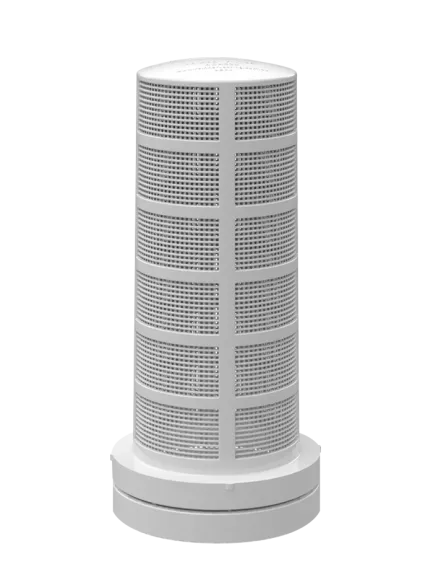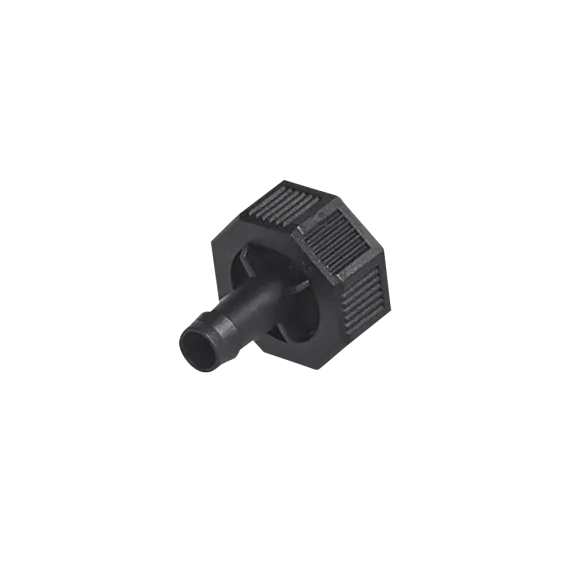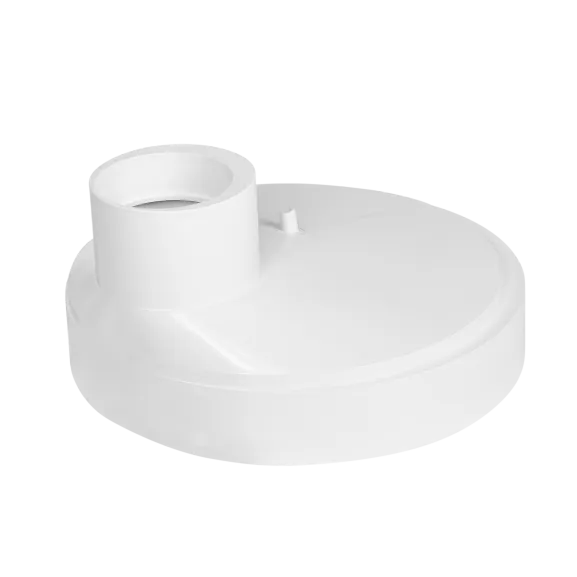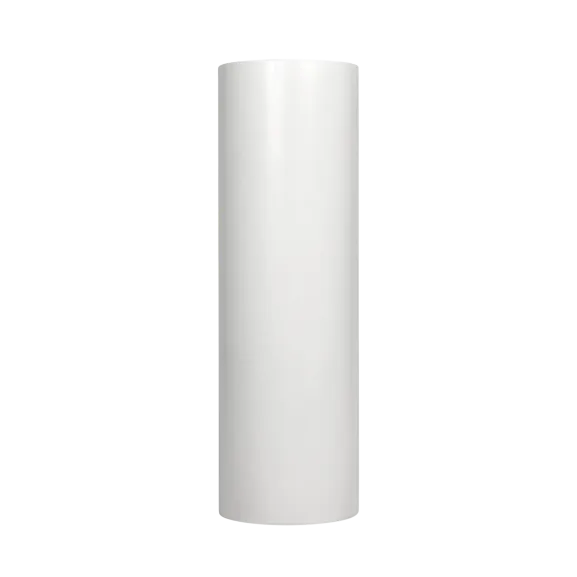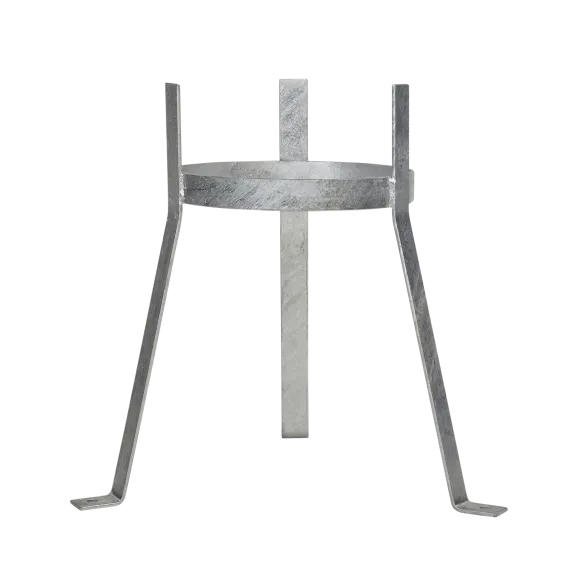First Flush Diverters
Divert contaminated water from your roof during the first moments of rainfall and prevent it from entering your tank.
By isolating the first flush of contaminant-laden water before it reaches your tank, they will keep organic and inorganic fine particles out of the rainwater you harvest so you enjoy the benefits of cleaner rainwater for your property.
All First Flush Diverters
By isolating the first flush of contaminant-laden water before it reaches your tank, they will keep organic and inorganic fine particles out of the rainwater you harvest so you enjoy the benefits of cleaner rainwater for your property.
In-Ground Solutions
By isolating the first flush of contaminant-laden water before it reaches your tank, they will keep organic and inorganic fine particles out of the rainwater you harvest so you enjoy the benefits of cleaner rainwater for your property.
Large Capacity First Flush Diverters
By isolating the first flush of contaminant-laden water before it reaches your tank, they will keep organic and inorganic fine particles out of the rainwater you harvest so you enjoy the benefits of cleaner rainwater for your property.
Upgrade Kits, Accessories & Spare Parts
By isolating the first flush of contaminant-laden water before it reaches your tank, they will keep organic and inorganic fine particles out of the rainwater you harvest so you enjoy the benefits of cleaner rainwater for your property.
Looking for something else?
View the full product range from our home base in Australia.
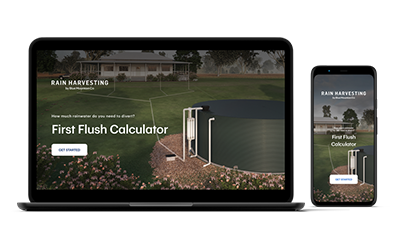
First Flush Calculator
Easily calculate how much water you need to divert and discover which First Flush Diverter is right for you.
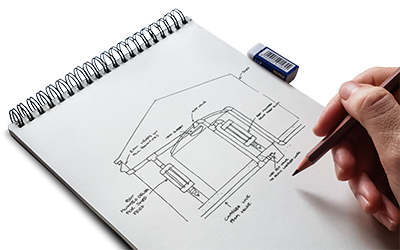
Design Service
Improve your existing Rain Harvesting system or design a new one with the help of our experts and our free system design service.
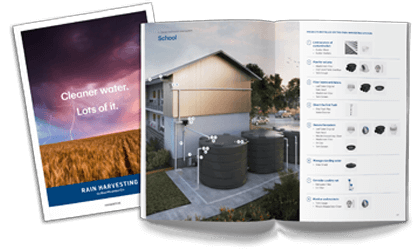
Rain Harvesting Handbook
A guide that will provide you with help and inspiration to start your rainwater harvesting journey today.

Design Service
Improve your existing Rain Harvesting system or design a new one with the help of our experts and our free system design service.
